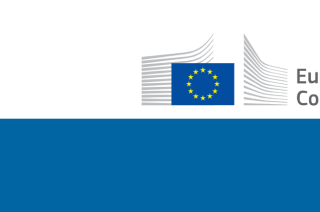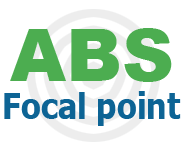
category_news
To DECLARE or not to DECLARE: when to submit a due diligence declaration
As a user of genetic resources, you should comply with due diligence obligations. When do you submit a due diligence declaration and what is the DECLARE tool?
Due diligence declarations are submitted by users of genetic resources that are within scope of the EU ABS Regulation to demonstrate that they exercise due diligence. Answer the following questions for your activities:
- Do the activities involve the utilisation of genetic resources? For more information on utilisation, see ‘When am I a user?’
- Does the utilisation of these genetic resources fall within the scope of the EU ABS Regulation? For more information on the scope, see ‘What is the scope of the EU ABS Regulation?’
If the answer to either of these questions is ‘no’, a due diligence declaration does not have to be submitted.
If the answer to both questions is 'yes', due diligence declarations are only submitted when one of the following situations applies: (1) when external funding is received for research on genetic resources, and (2) final development of a product developed via the utilisation of genetic resources. In case both situations occur in the R&D process, due diligence declarations are submitted in both stages.
In other situations, e.g. in case of research on genetic resources without external funding and without final product development, no due diligence declaration needs to be submitted (but other requirements of the EU ABS Regulation may need to be fulfilled).
Due diligence declaration at the stage of research funding
The first checkpoint concerns the research stage, when a research project utilising genetic resources receives external funding in the form of a grant. The Regulation does not make a distinction between public and private funding. Internal budgetary resources of private or public entities are not considered to be external funding.
The declaration is made after the first instalment of funding has been received and after obtaining all of the genetic resources that are utilised in the project, and before the final report or, in absence of such report, at the project’s end.
For more information, consult section 4.1 of the Guidance and Article 5 of the Commission Implementing Regulation (EU) 2015/1866.
Due diligence declaration at the stage of final development of a product
The second checkpoint is the stage of final development of a product that was developed via the utilisation of genetic resources. The declaration is to be made once, at the first (i.e. earliest) of the following five events occurring:
a) market approval or authorisation is sought for a product developed via the utilisation of genetic resources and traditional knowledge associated with genetic resources;
b) a notification required prior to placing for the first time on the Union market is made for a product developed via the utilisation of genetic resources and traditional knowledge associated with genetic resources;
c) placing on the Union market for the first time a product developed via the utilisation of genetic resources and traditional knowledge associated with genetic resources for which no market approval, authorisation or notification is required;
d) the result of the utilisation is sold or transferred in any other way to a natural or legal person within the Union in order for that person to carry out one of the activities referred to in points (a), (b) and (c);
e) the utilisation in the Union has ended and its outcome is sold or transferred in any other way to a natural or legal person outside the Union.
For more information, consult section 4.2 of the Guidance and Article 6 of the Commission Implementing Regulation (EU) 2015/1866.
Submitting a due diligence declaration
DECLARE is the EU-wide tool for the submission of due diligence declarations. You need to register at the EU first (EU login) and subsequently register for DECLARE. Check the DECLARE user guide to find out how DECLARE works and how to submit a due diligence declaration. A step-by-step guide is available as a video.
Templates for due diligence declarations are provided in Annex II and III of the Commission Implementation Regulation (EU) 2015/1866.
For more detailed information, consult the page ‘When do I submit a due diligence declaration?’, sections 4.1 and 4.2 of the Guidance and Articles 5 and 6 of the Commission Implementing Regulation (EU) 2015/1866.
Footnote: where “genetic resources” is used on this page, this should be considered to be: “genetic resources and/or traditional knowledge associated with genetic resources”.
